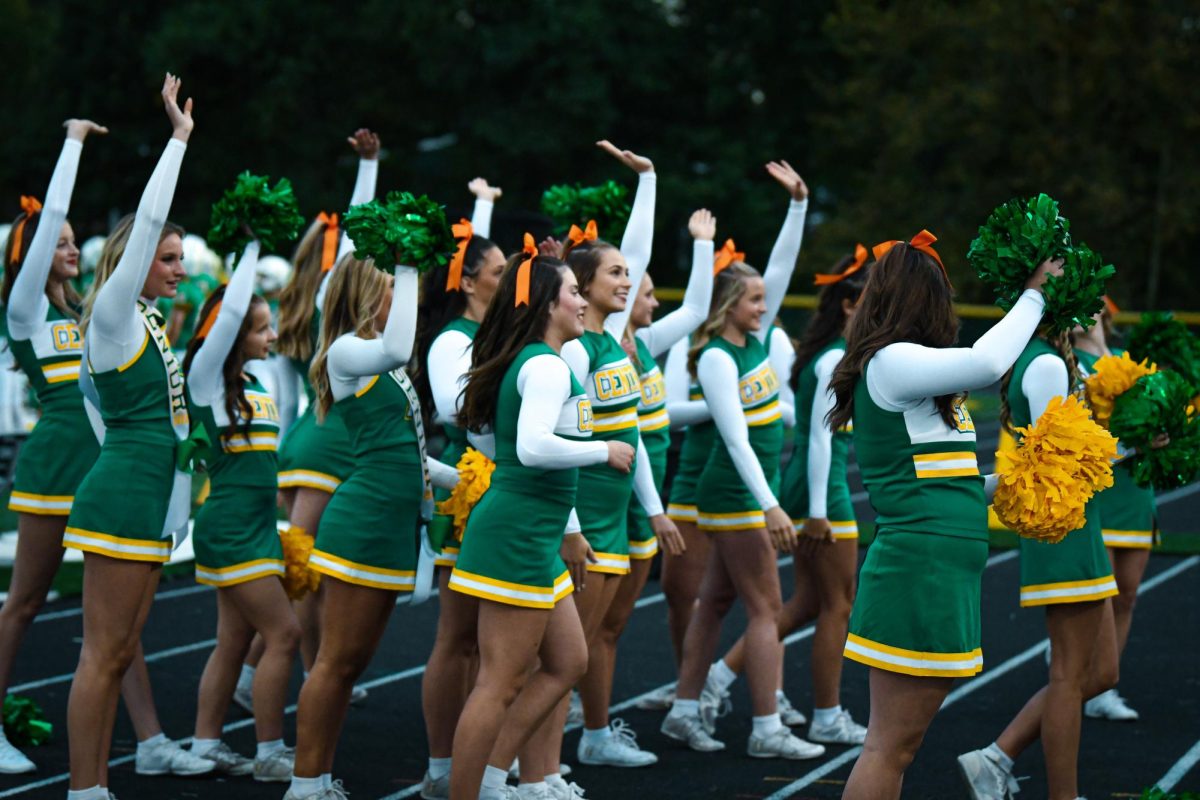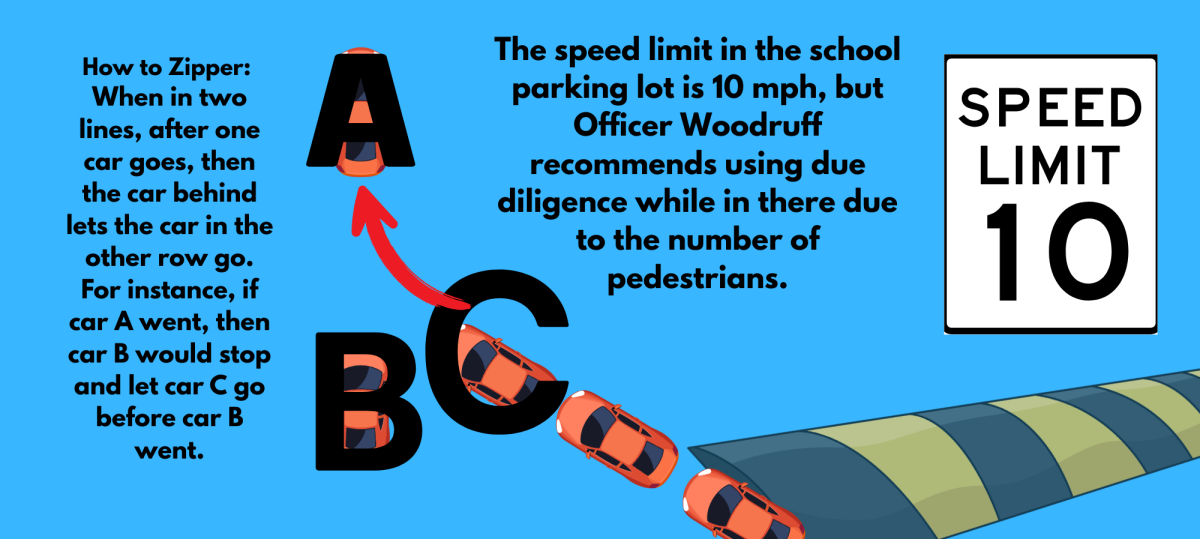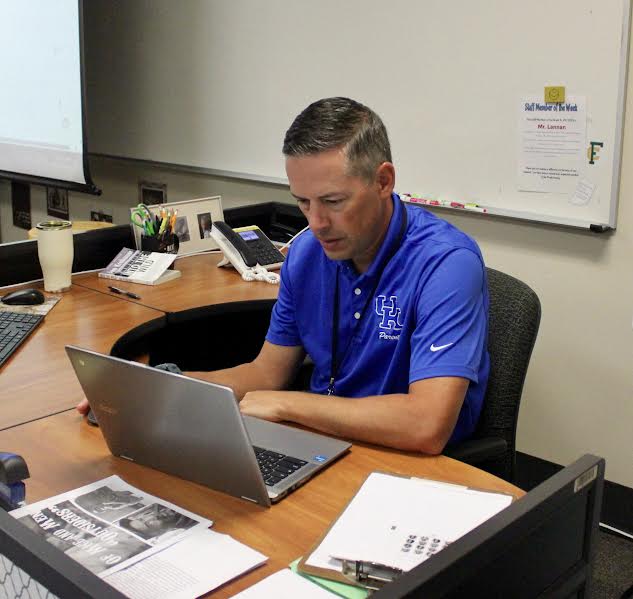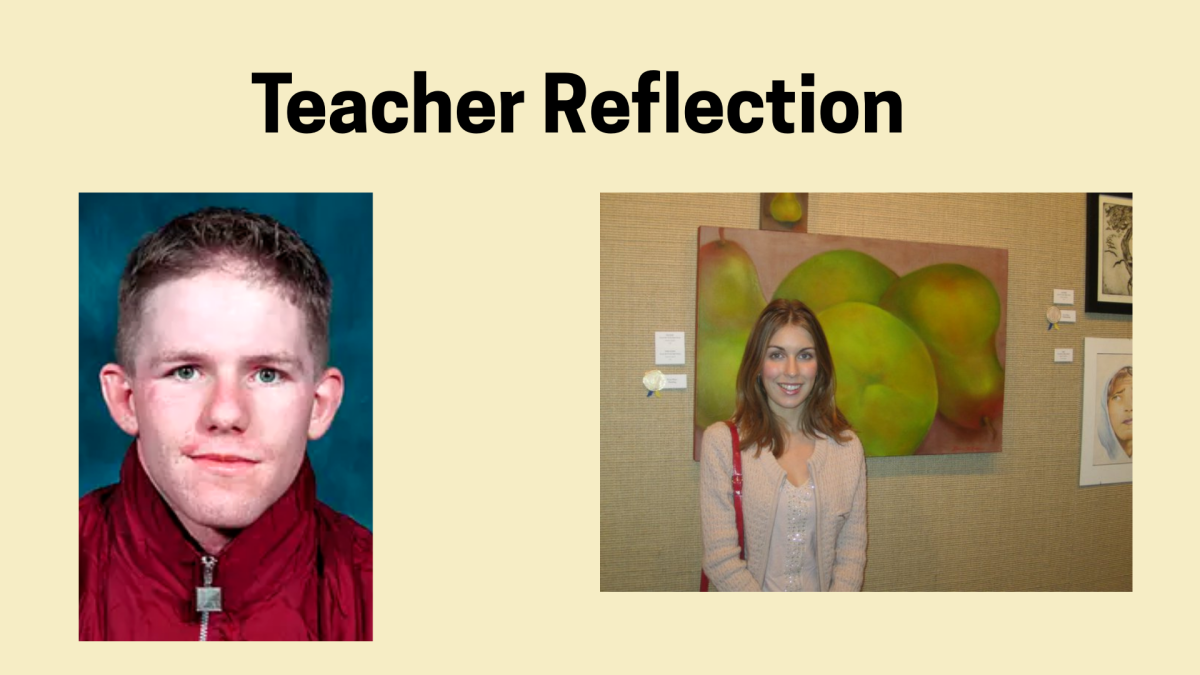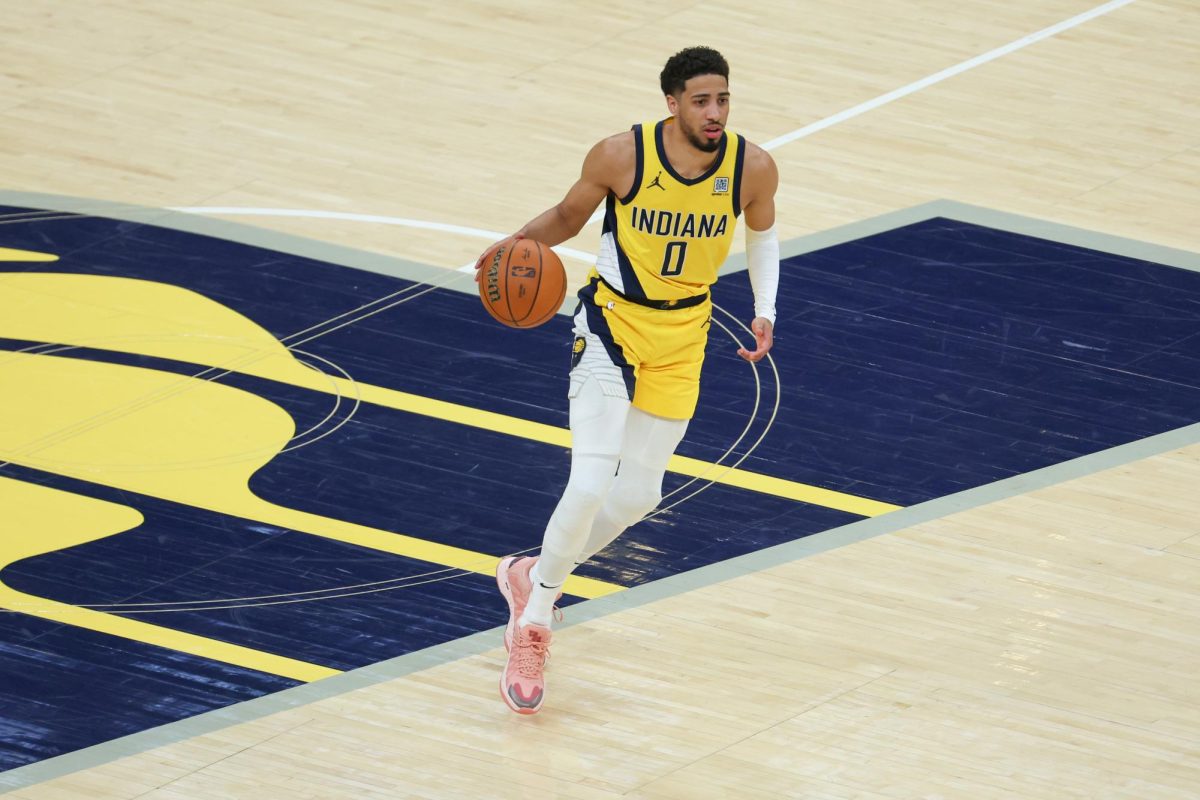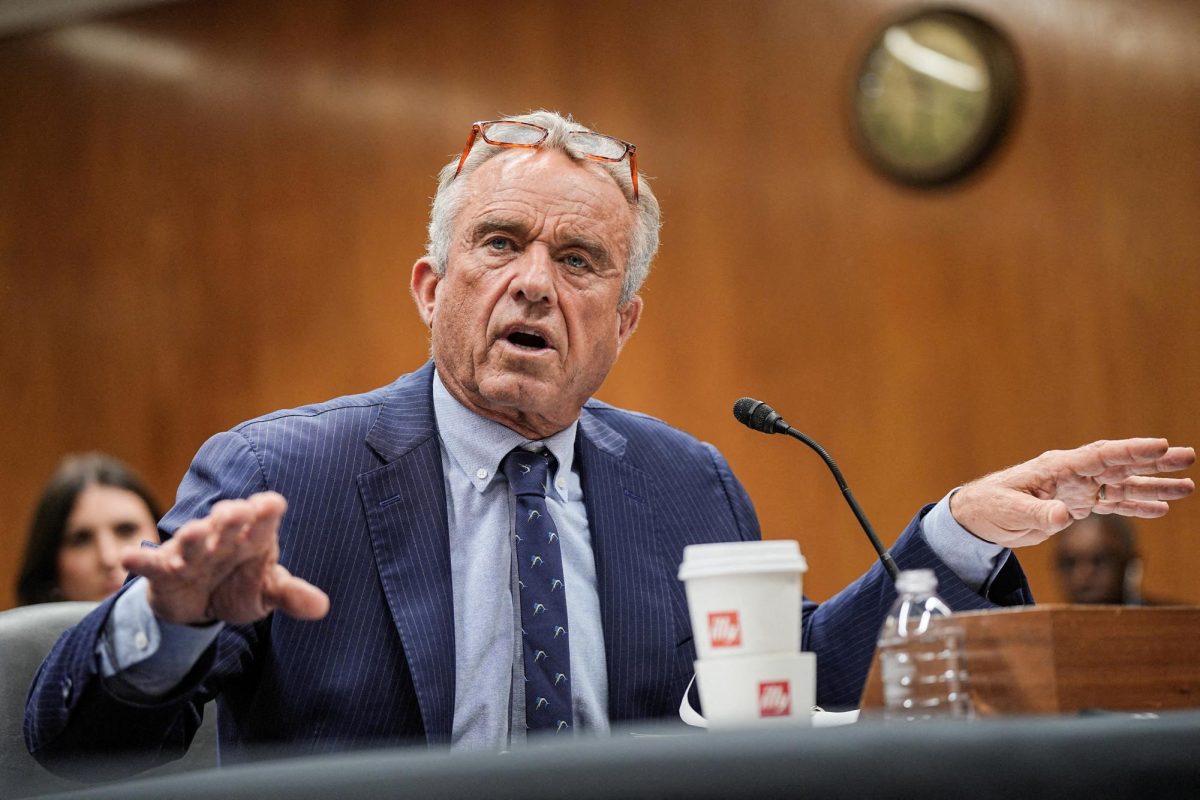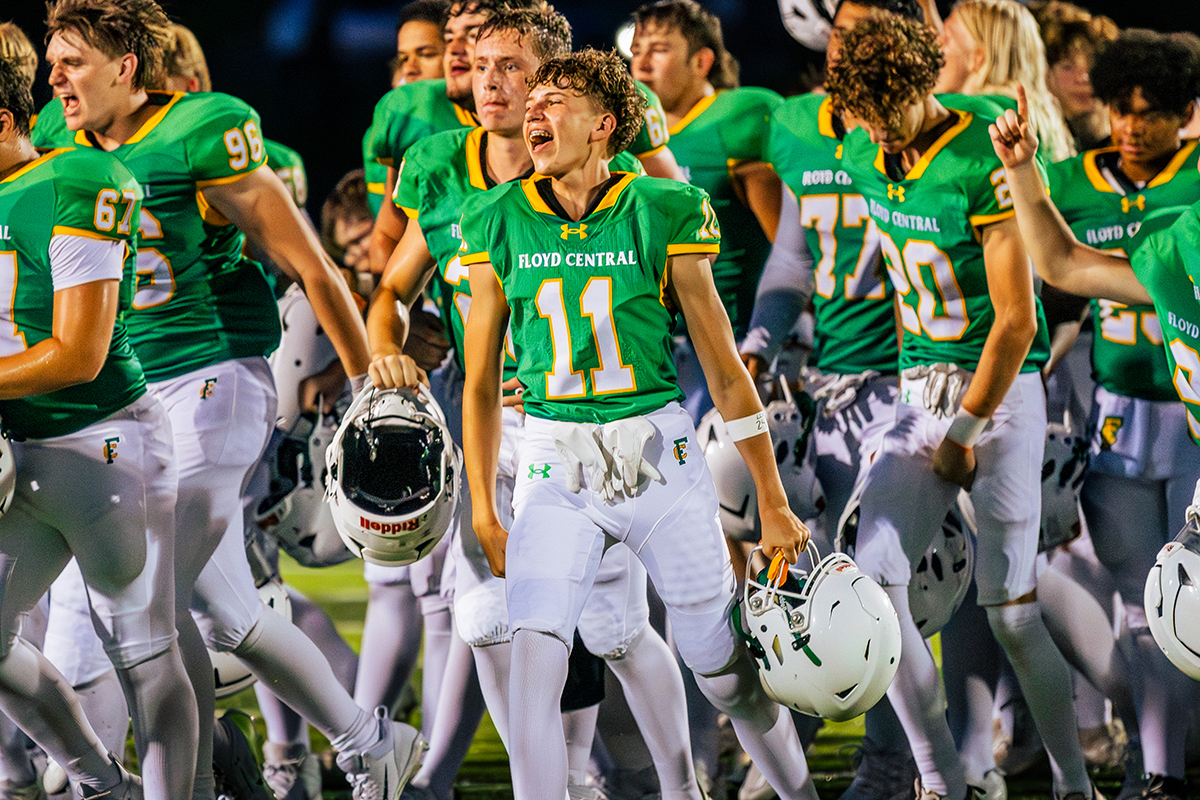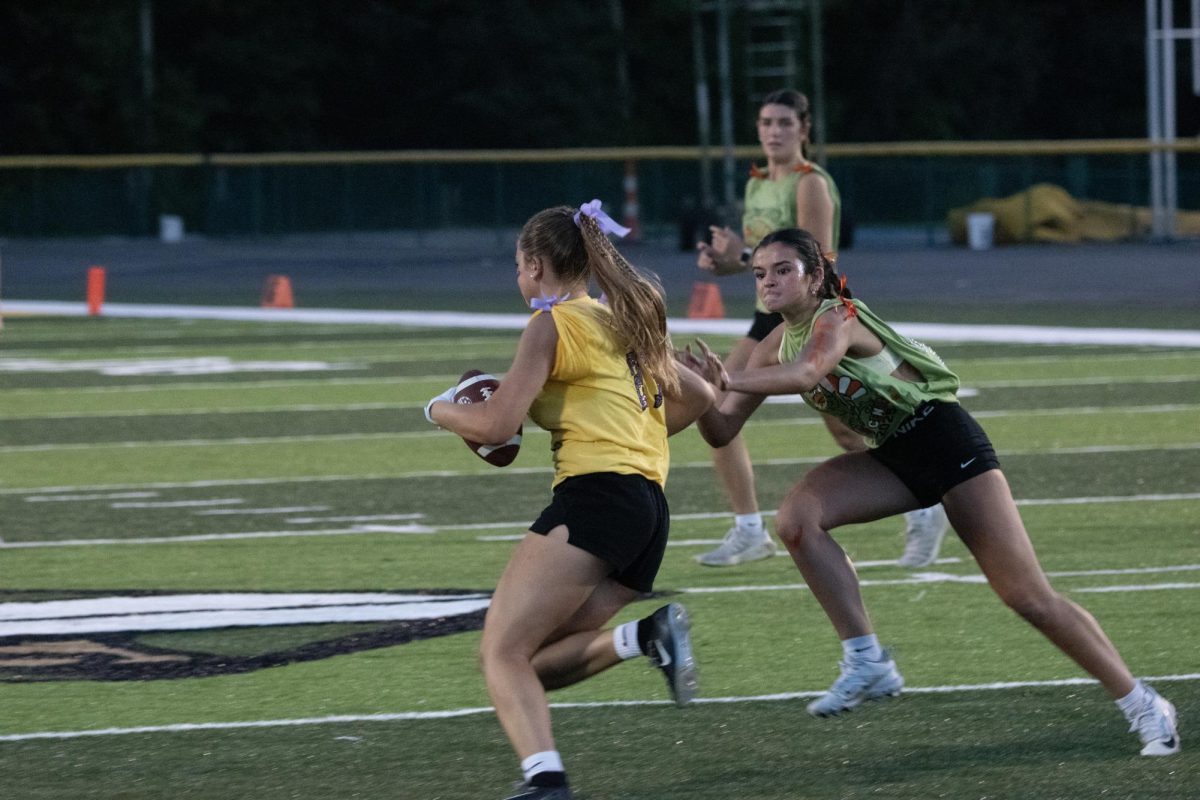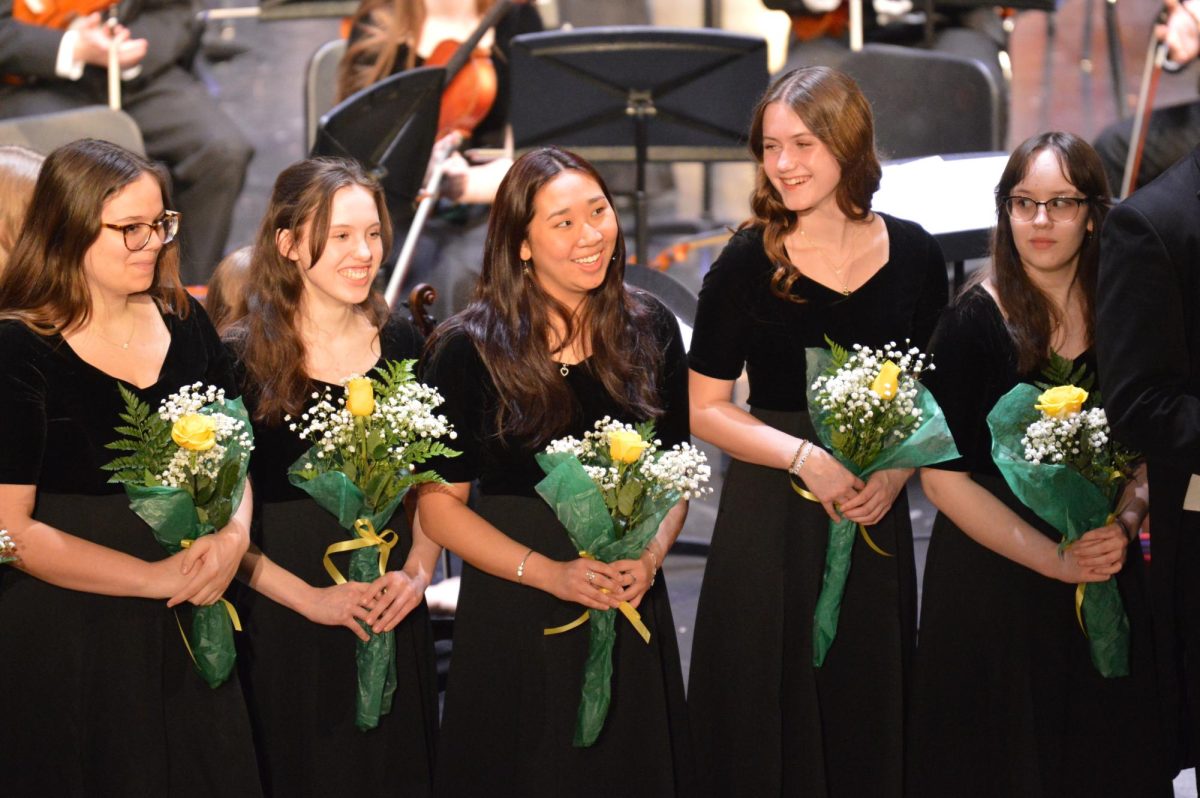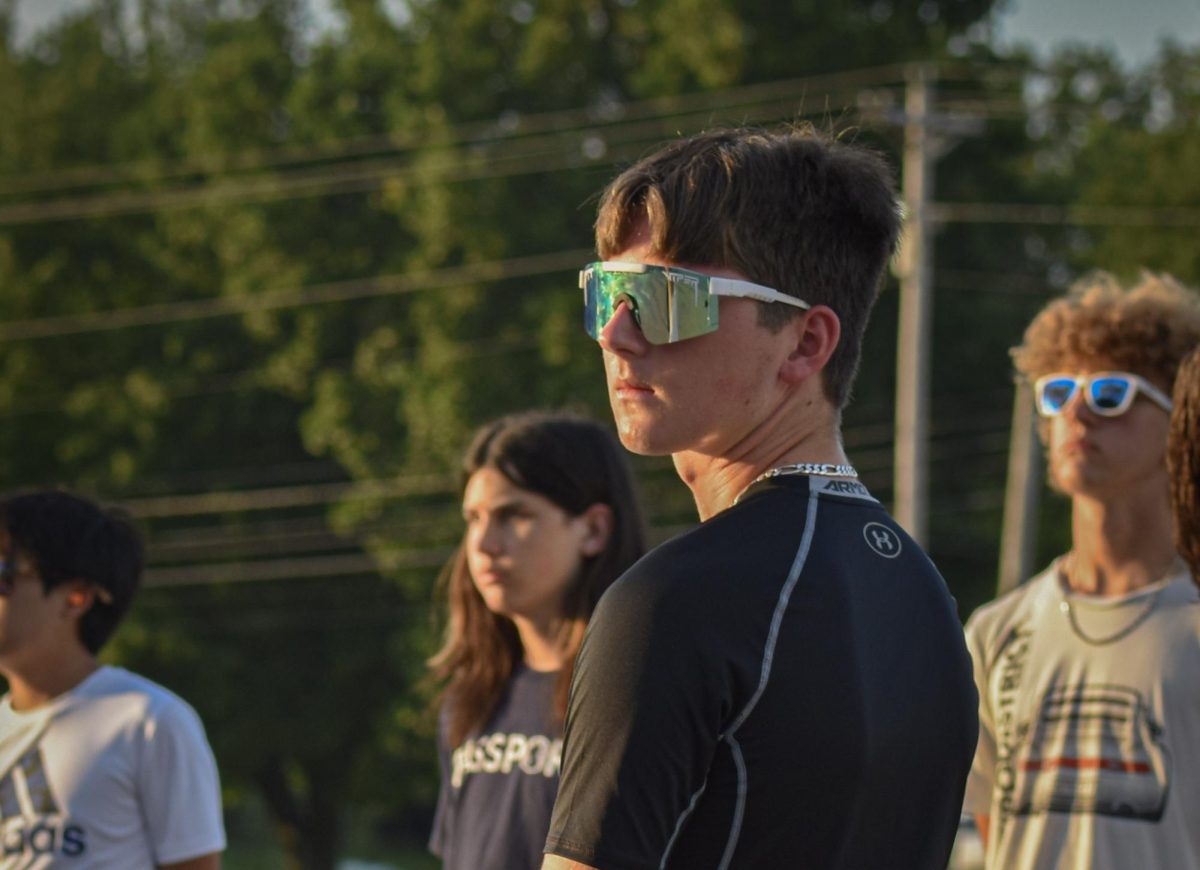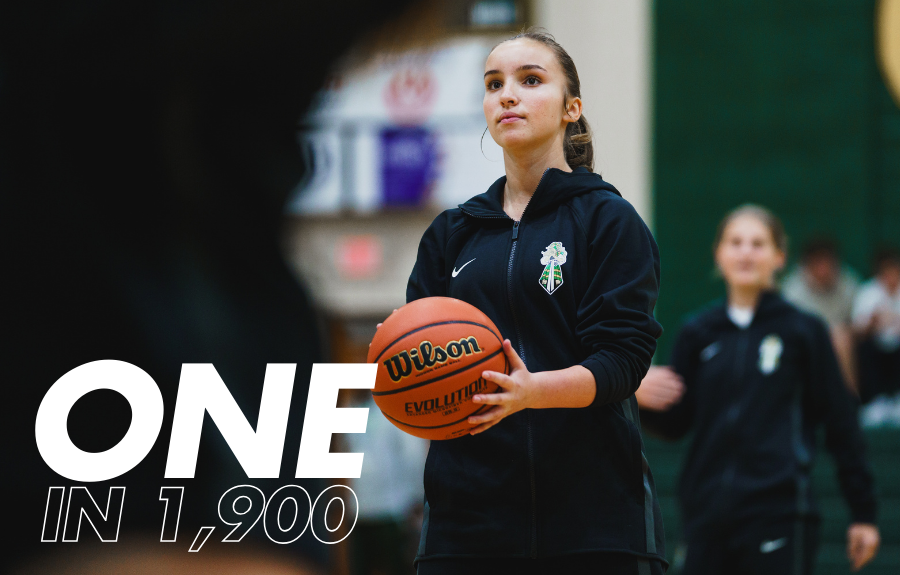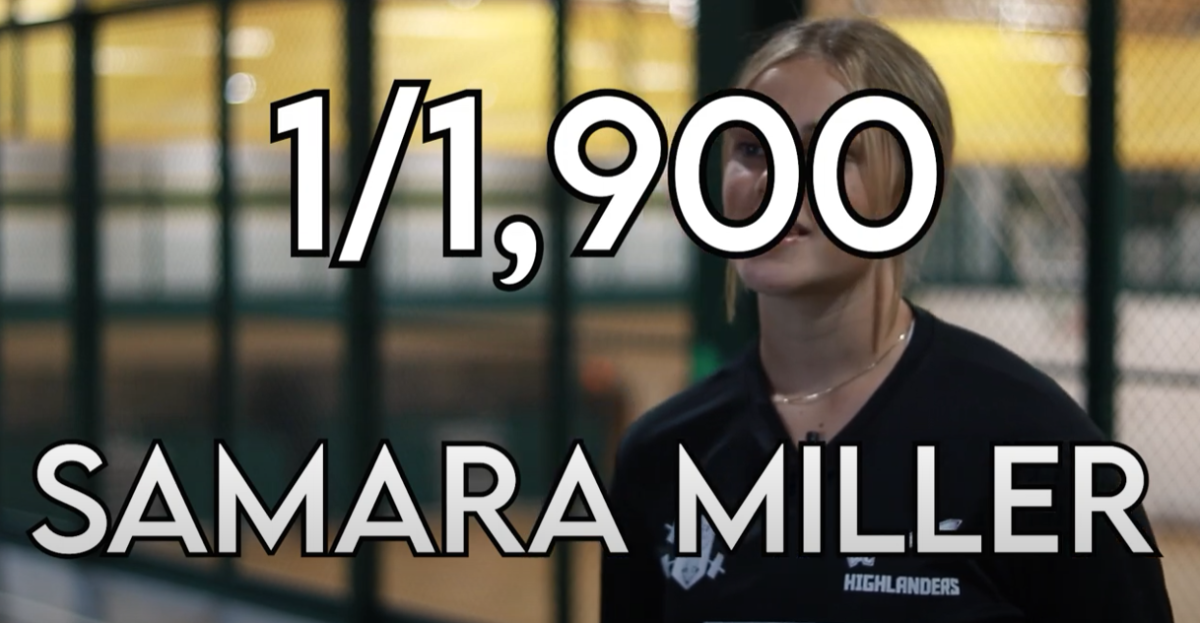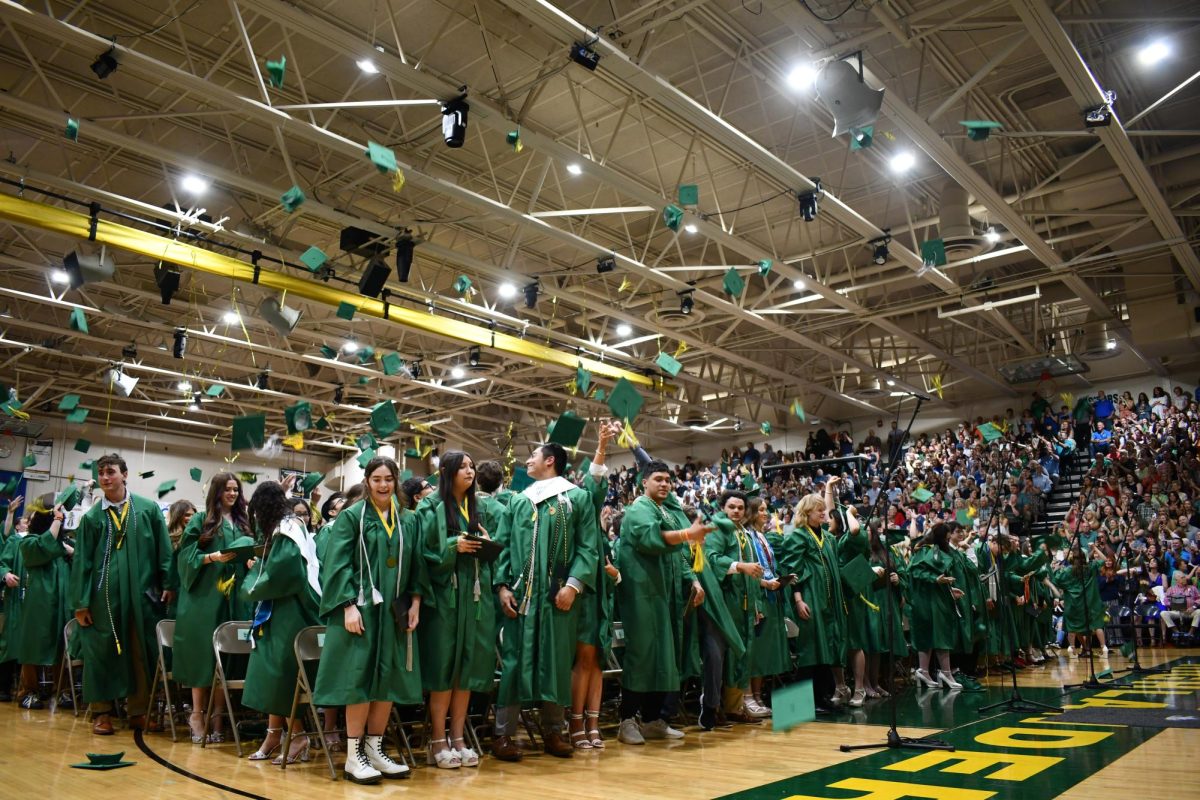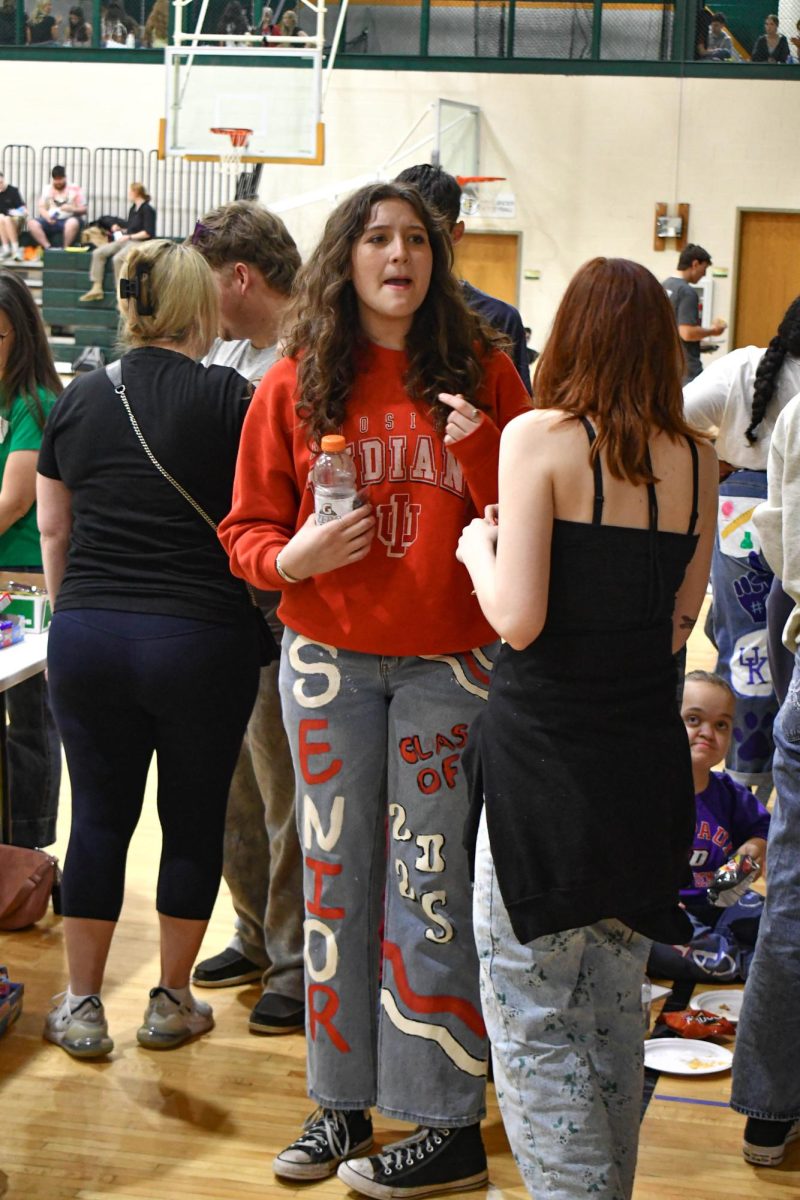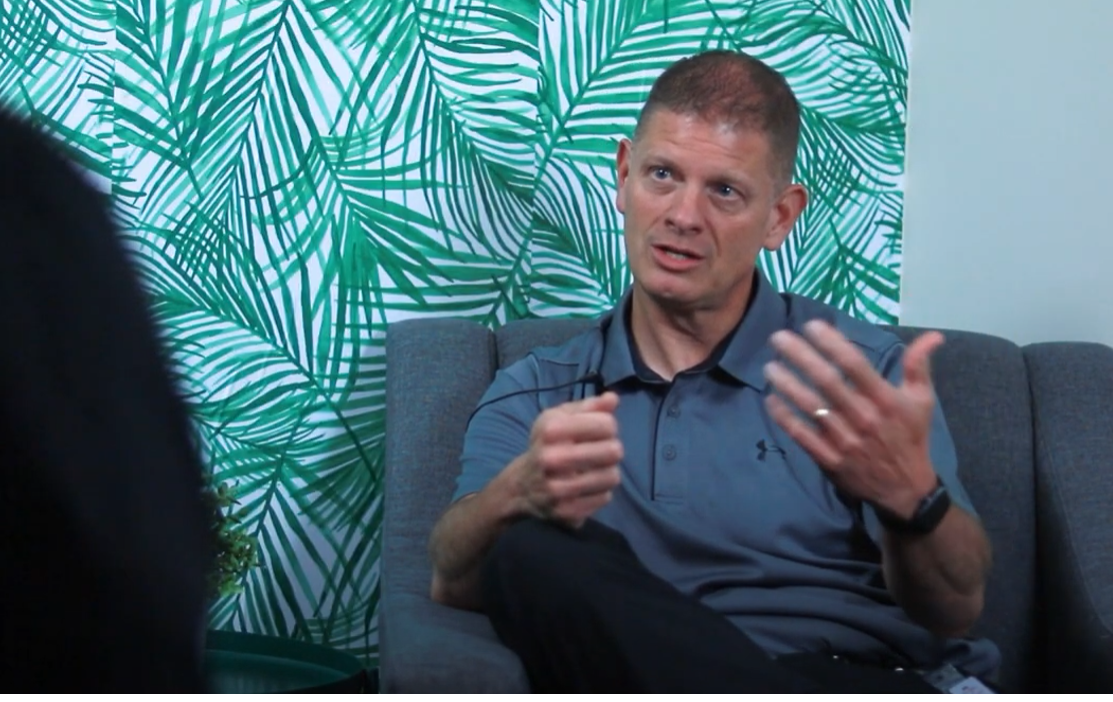With national headlines dominating the political space, many people may be surprised to know that one important election concerns just one city. However, that city is the largest by population in the country: New York. The race for mayor of the city has been turning heads of political analysts and regular citizens alike. Why? Because of one man: Zohran Mamdani.
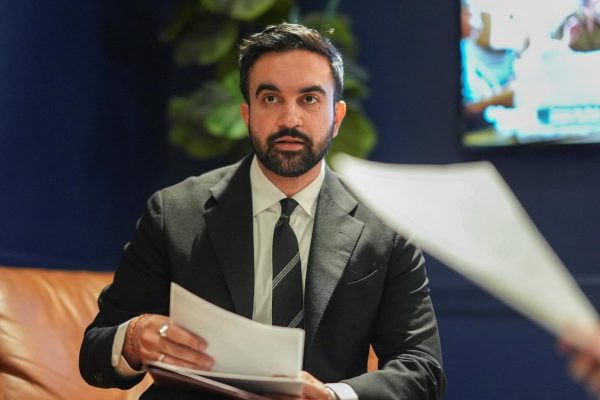
Born in Uganda, Mamdani and his family moved to the United States when he was seven. He was elected to the New York State assembly in 2020 and is now gunning for the office of mayor. But what makes him so appealing to many? His policies. Advocating for free childcare, free public transport, freezing rent, and more, he is turning heads on both sides of the aisle.
“So he is really committed, I understand… in investing in social capital. So for a long time, this country, we’ve had economic policies that are more trickle-down where we give the tax benefits to the wealthy in the hope that they’ll invest and kind of spread the wealth, hire more people, etcetera; but I find it interesting, the wealth gap is at a point similar to what we were at in the Gilded Age. So the wealth is concentrated in a very small portion of the population. The vast majority of everybody else controls very little wealth,” said government teacher Susanne Moss.
“So I think [Mamdani’s policies are] to invest in people, just really large en route to help people achieve the American dream. And I know childcare is a huge factor at keeping people out of the workforce because they can’t make enough money to pay for childcare. It’s actually cheaper to stay at home with your child than get out and work and pay for childcare, so it’ll be interesting, but it does require taxes, tax money to fund these kinds of things.”
These policies are not gaining the self-proclaimed “democratic socialist” any favor on the right side of the political spectrum. In fact, he’s already been talked about in the White House, with President Trump even giving him one of his famed nicknames. That’s right, “Mamdani the Commie” has been a hot topic in the Oval Office. Trump has suggested
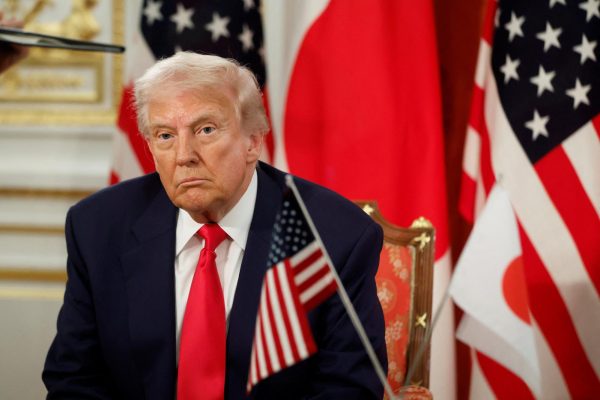
that he will withhold federal funds from the city if Mamdani wins (although, according to the Wall Street Journal, he has privately admitted that he thinks Mamdani is “unbeatable”). This ire is not just from the top of the party, though, as everyone from Marjorie Taylor Greene to Randy Fine have been commenting about Mamdani. Greene specifically posted a photo of the Statue of Liberty covered in a burqua, a garment traditionally worn by Muslim women. Mamdani is a Muslim, a fact that has not been glossed over by many of his critics. His opponent, Andrew Cuomo, appeared on the conservative radio show Sid and Friends in the Morning, and the topic of 9/11 was brought up. The interaction went like this:
Cuomo: “That job is a scary job. You wake up as mayor, you wake up as governor, any morning there’s a prison uprising, there was just a [tragedy], there’s Legionnaires’ disease, there’s gonna be a fiscal collapse, Wall Street’s
moving to doubt, any given morning there’s a crisis, and people’s lives are at stake — God forbid another 9/11, can you imagine Mamdani in the seat?”
Host: “I could. He’d be cheering.”
Cuomo: “That’s another problem. But can you imagine that? If Mamdani was in the seat on 9/11, what would have happened in this city?”
People were quick to jump on that, ripping Cuomo. Mamdani reacted to the comments himself, saying, “This is disgusting. This is Andrew Cuomo’s final moments in public life, and he’s choosing to spend them making racist attacks on the person who would be the first Muslim to lead this city.”
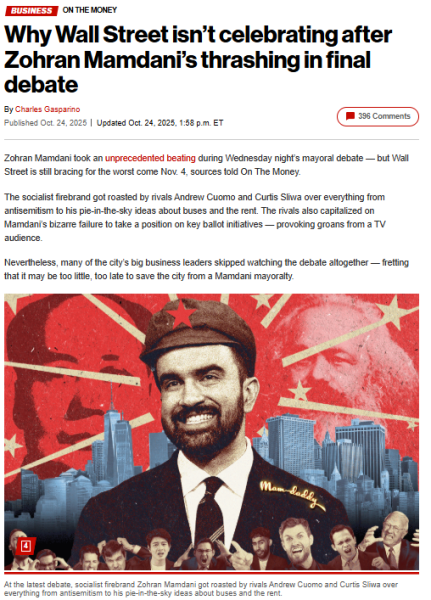
But his religion is not the only thing he has faced attacks over; his status as a non-U.S.-born citizen has been called into question many times. Florida representative Randy Fine wrote on X, “We have clearly suffered from massive naturalization fraud,” and claimed that immigrants “swore an oath to America but clearly came to destroy it.” These sorts of personal attacks have come from all across conservative culture.
“I don’t think it’ll have as much of an effect in New York City. There is a very many liberals. I don’t think it’s the most
liberal American city; I think that honor probably goes to San Francisco, which has attracted a lot of very progressive ideas, but I don’t think that’ll fly in New York City, which is a very multi-racial, multi-cultural society,” said Moss.
Mamdani’s primary opponent in the race is former governor Andrew Cuomo. Cuomo is a former governor of New York and lost to Mamdani in the Democratic primary. He is now running as an independent, something that could cause a shakeup in the vote.
“[Andrew Cuomo] may split the vote in what we tend to see with minor parties, is their bases split between establishment Democrats and the third party, left of center party,” said Moss. “The same is true with the right, though, like the Reform Party did the same thing to the Republicans in 1992, when Ross Perot split when he ran as a Reform Party candidate and split the Republican vote. So it’s maybe not so good for Mamdani, but what we do find is that a lot of times third parties’ ideas are then adopted by a major party, so it wouldn’t surprise me if the Democrats in New York maybe adopt some of Mamdani’s [policies].”
Evidence suggests Cuomo and Mamdani are trying to appeal to different audiences, with one of Cuomo’s main talking points against Mamdani being his lack of experience. Cuomo talks about his time as governor and points out that Mamdani has never had a job outside of the government. This, as well as his largely “stay the course”

policies, is geared towards older New Yorkers, who may be more resistant to big change.
However, Mamdani is campaigning for a younger audience, as shown by the highly edited videos he puts out on Instagram, the brightly colored campaign signs he uses, and his progressive ideals. According to a study from GlobeScan, 73% of young people support protests as a way to bring about change. Yet, according to a 2024 Center for Information & Research on Civic Learning and Engagement (CIRCLE) survey , only 47% of eligible people aged 18-29 voted in the presidential election. However, according to the 2025 Senior Report from America’s Health Rankings, 70.7% of eligible people 65+ vote. That makes it clearer why some people feel politicians cater to an older generation. They are the ones who voted them in. However, Mamdani’s plan may be working. In the Democratic primary earlier this year, voters aged 25-34 and voters 65+ made up an equal amount of the vote. Could his ploy to appeal to younger voters be working?

“Well I first saw one of the videos on Instagram, and I thought it was just a bit, like a lot of times you see a lot of political things on Instagram that really don’t have that much traction. Then I started seeing more and more from actual news sources, and I started to do more research on him,” said senior Cooper McDill. “I think [his policies] are really, really interesting. I’d like to see how they play out under this current presidential administration, but I’m rooting for him, obviously. I’d like to see the policies like that really work out, give working-class people a little more equality.”
The remaining question is whether Mamdani’s plan to appeal to the younger people could work on a large scale. According to a poll from Yale University, those aged 22-29 favored Democratic candidates by an average of 6.4 percentage points. That could have big implications for a national election, as the Democrats are trying to bounce back from an election cycle that saw every demographic shift to the right.
So, are national Democrats taking a page out of Mamdani’s book? Not really. In fact, many Democrats on Capitol Hill are not endorsing him for mayor, with the exception of a few big names. This does not come as a surprise to Moss, as many times these fringe candidates do not see much support from established members of the party.
“It does not surprise me that the Democrats are pushing back because I think both parties try to minimize minor parties or third parties in America. And it’s a big factor why we have a two-party system and not a multi-party system,” said Moss.
It is an ironic statement to say that there is a big two-party system in America while talking about this election (even though, for the most part, there is), because this election actually has three leading candidates. Mamdani, the independent Cuomo, and the Republican candidate, Curtis Sliwa. Sliwa came into this race as the obvious last place finisher, but his numbers have been growing. He has gone from polling 11% in July to 16% now. “I don’t know much about Curtis Sliwa. From what I know, I don’t support much of his policies, but as a person, I understand, he’s not that slimy as a person. That I can’t say about Andrew Cuomo, he seems like a bad, corrupt politician,” said McDill.
Voting ended on November 4, and with it closed one of the more politically significant mayoral elections of recent generations. and within three minutes of the polls closing, Mamdani was projected to be the winner. He took home 50% of the vote, with Cuomo and Sliwa getting 41.6% and 7.1%, respectively.
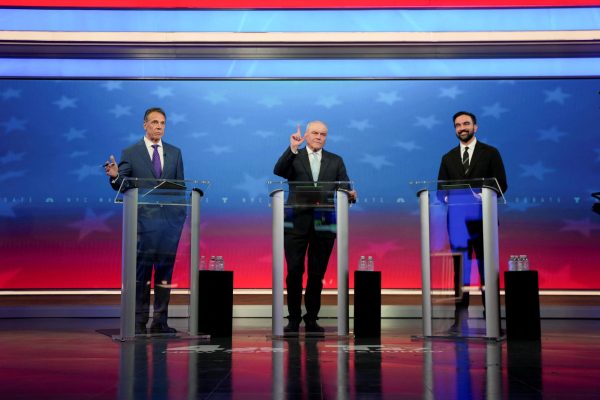
Independent candidate former New York Gov. Andrew Cuomo, Republican candidate Curtis Sliwa and Democratic candidate Zohran Mamdani participate in a mayoral debate, in New York, U.S. October 16, 2025. Angelina Katsanis/Pool via REUTERS (REUTERS/via SNO Sites/Angelina Katsanis)



